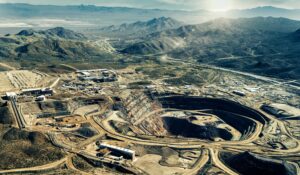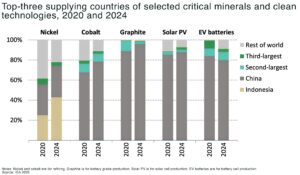Speaking at an industry conference, the Philippine government has said it plans to launch expanded exploration efforts starting next year to identify new sites rich in critical minerals such as nickel and chromium. The idea is to reduce investor risk and supply reliable geological data to support mining-related investment decisions. “We want to help the industry with this critical step in the process,” the spokesperson told reporters. “We want to give some guidance on where to explore, what to explore, and it will be covered in a new regulation.”
The government-led exploration is part of a broader strategy to revitalize the mining sector, which has long been seen as underdeveloped despite the Philippines’ abundance of mineral resources. The Southeast Asian nation is the second largest exporter of nickel ore but has recently begun pushing for more value-added activity in-country, particularly in nickel processing.
Currently, the Philippines hosts just two nickel processing facilities, both partly owned by Nickel Asia Corp., the country’s leading nickel miner and exporter. Indonesia, nickel’s number one player, has enjoyed spectacular success in moving up the chain from simply exporting ore and the Philippines would like to follow suit. Part of the issue, however, is asset size. The ability to scale operations isn’t the same between the two exporting countries. That’s not to say the Philippines won’t be able to grow, in fact my view is the government strategy to derisk and incentivize foreign investment is a good call. However, while Indonesia’s change was fast and dramatic, the Philippines may have to advance at a more steady pace.
Anthony Milewski
Chairman, Nickel 28 Capital




















